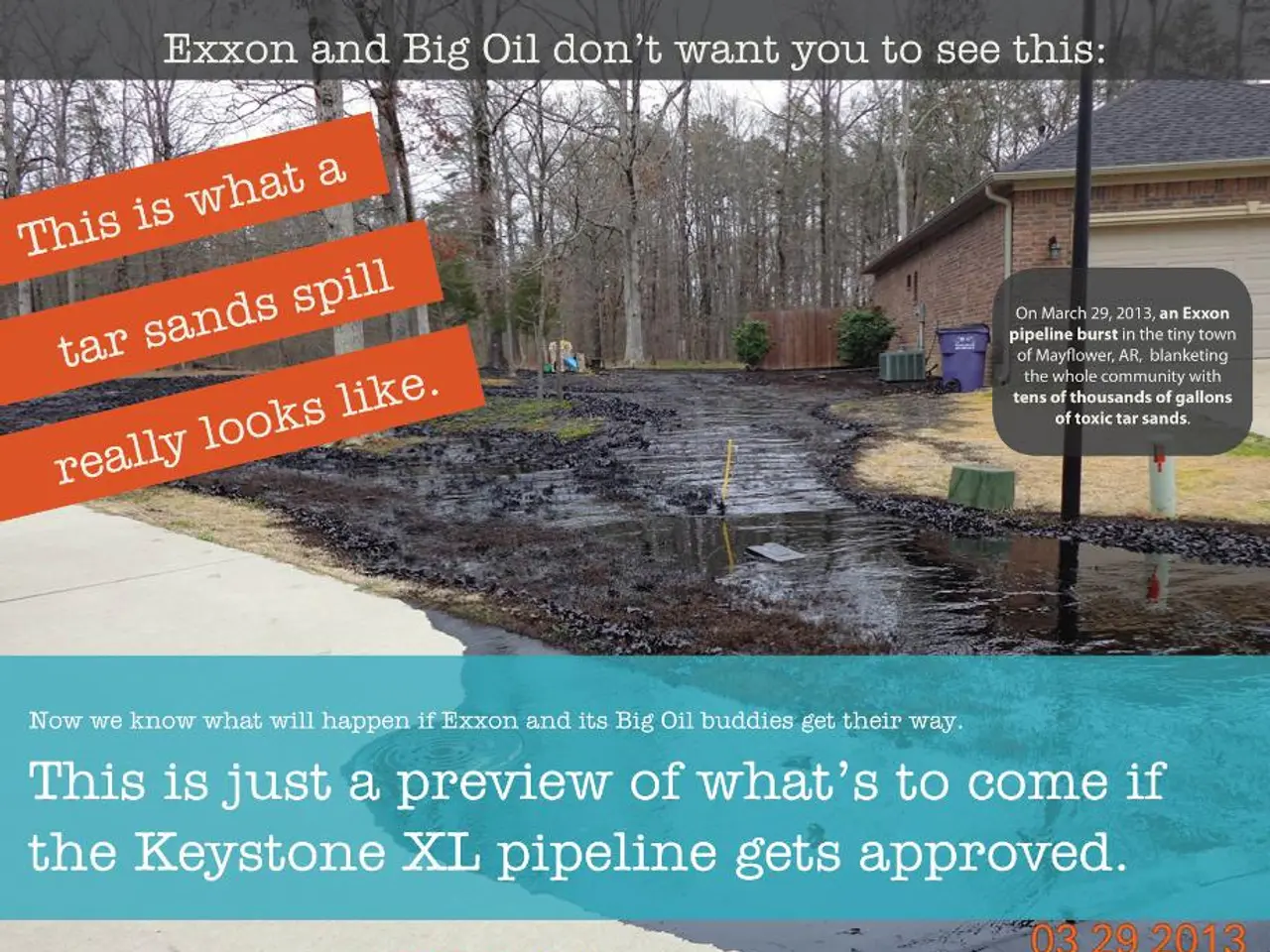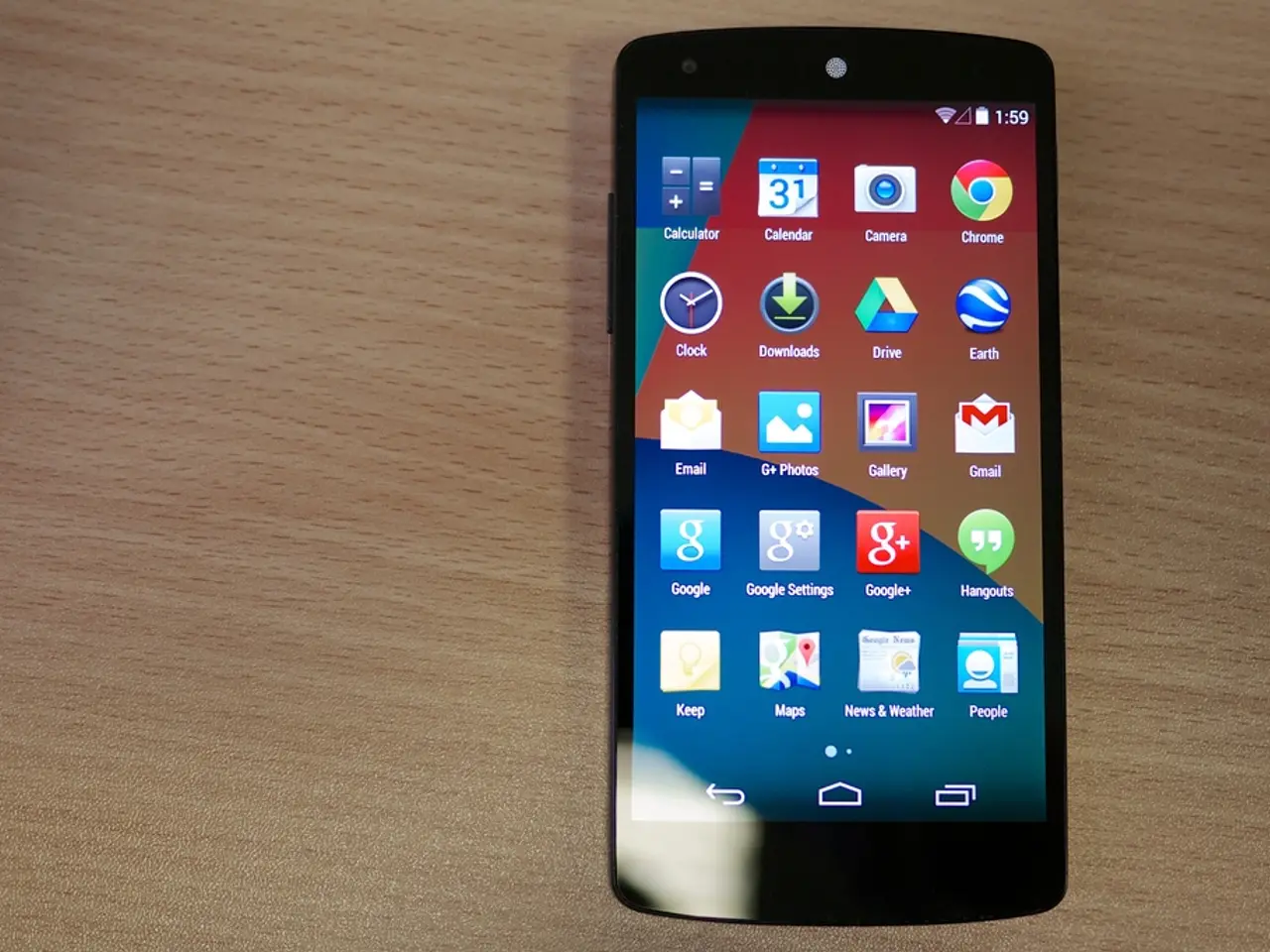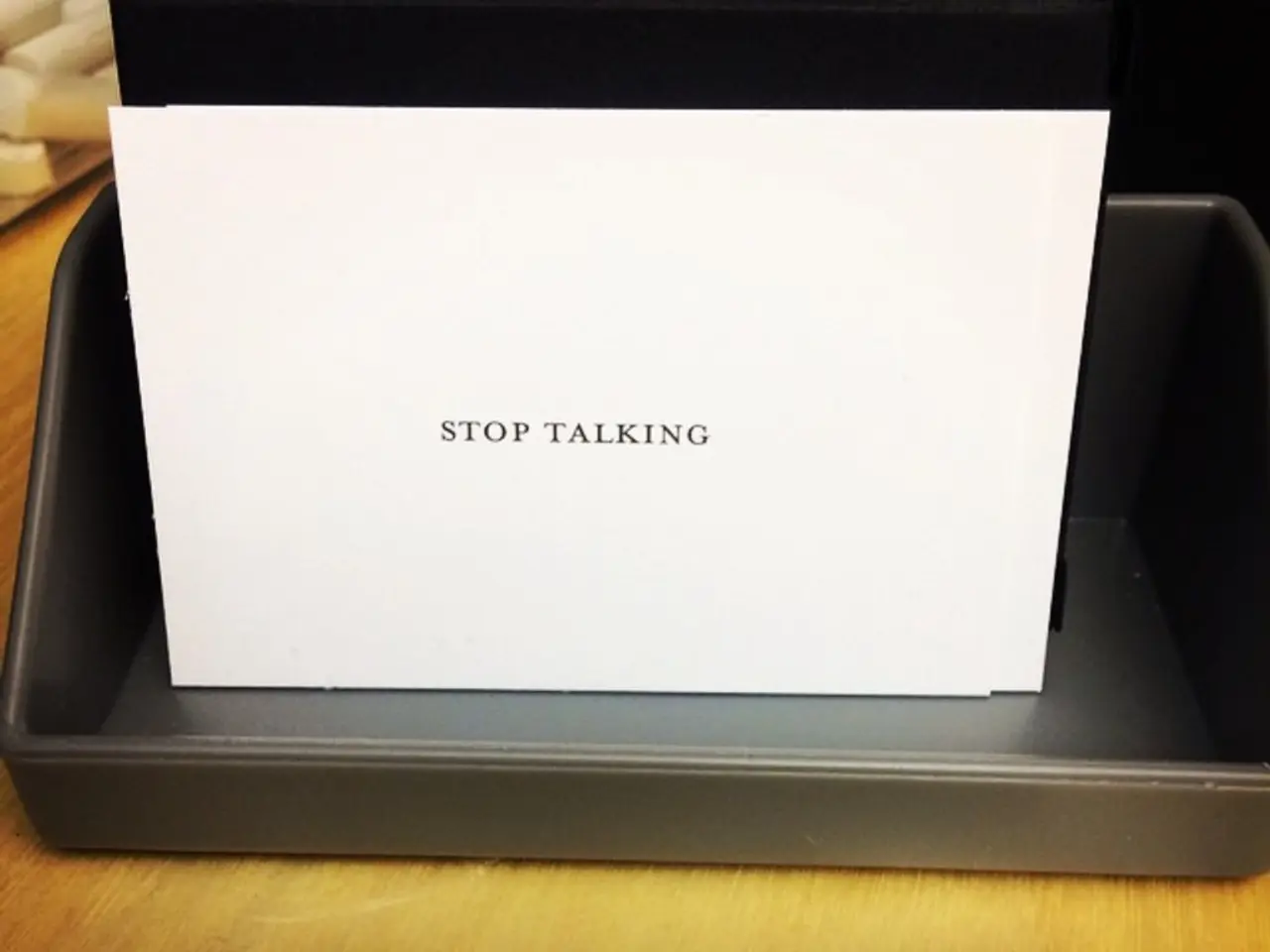Adequacy surpasses Sustainability alone
In the realm of design, Don Norman, a pioneer in human-centered and humanity-centered design, has raised concerns about the conventional approach to sustainability, arguing that it falls short in addressing the complex, systemic challenges faced by modern society [1].
Norman contends that the problems we confront—such as climate change, resource depletion, and social inequality—are "wicked problems" with no straightforward solutions, and their dynamics are constantly evolving [1][2]. Traditional sustainability efforts often focus on incremental improvements, such as using greener materials, reducing waste, or extending product lifecycles. However, Norman emphasizes that these measures, while valuable, do not tackle the root causes of unsustainability, which are deeply embedded in socio-technical systems and human behavior [1].
One of the reasons sustainability efforts may fall short is the complexity of the problems themselves. The consequences of actions are often separated by significant time lags, making it difficult to trace impacts and adjust strategies effectively [1]. Additionally, traditional numerical metrics (e.g., carbon footprint, recycling rates) are criticized for failing to capture the full complexity of human and environmental systems [1]. Norman advocates for complementary, meaningful measurements that reflect real-world outcomes and human well-being [1].
Moreover, Norman calls for a shift towards humanity-centered design, which considers the broader impacts on people, society, and future generations [1][2]. This approach involves co-creating with users, understanding their actual behaviors, and ensuring products deliver lasting value [1][2].
In terms of viable alternatives to planned obsolescence, Norman's principles suggest several directions. These include designing products with a focus on human needs rather than corporate profit, viewing products and services as parts of larger, interconnected systems, implementing mechanisms for continuous learning and adaptation, advocating for modular designs that allow components to be replaced or upgraded, and creating emotionally engaging products that foster attachment and counteract the throwaway culture encouraged by planned obsolescence [3][5].
A summary table outlines Norman's critique and proposed alternatives:
| Aspect | Norman’s Critique | Proposed Alternatives | |-----------------------------|------------------------------------------|----------------------------------------------| | Sustainability Focus | Addresses symptoms, not systems | Humanity-centered, systemic design | | Metrics | Traditional metrics are inadequate | Meaningful, holistic measurements | | Problem-Solving | Linear, incremental | Iterative, feedback-driven, adaptive | | Product Lifecycle | Planned obsolescence prevails | Design for longevity, repairability, modularity | | User Engagement | Often passive or superficial | Co-creation, emotional connection, trust |
It is worth noting that while Norman does not explicitly outline a single alternative to planned obsolescence, his principles suggest a holistic, human-centered approach to design that considers the long-term impacts on people and the planet.
For instance, companies such as Fairphone focus on more than just selling a product [6]. They strive to create devices that are not only durable and repairable but also transparent in their supply chain and ethical in their practices. Similarly, Apple ensures all its operating systems are backward compatible, allowing for incremental upgrades rather than forced replacements [7].
Furthermore, Norman argues that recycling is not the best solution for sustainability [1]. Instead, he emphasizes the importance of designing products that are easy to repair, upgrade, and reuse, thereby reducing the need for recycling in the first place.
In conclusion, Don Norman's perspective on sustainability in design underscores the need for a more holistic, human-centered approach that addresses the systemic and human complexities underlying global challenges. This approach involves co-creating with users, designing for longevity, repairability, and modularity, implementing continuous feedback loops, and creating emotionally engaging products that foster attachment and counteract the throwaway culture encouraged by planned obsolescence.
References: [1] Norman, D. A. (2013). The Design of Everyday Things: Revised and Expanded Edition. Basic Books. [2] Norman, D. A. (2016). Design for a Better World: The Future of Design in Business and Society. MIT Press. [3] Norman, D. A. (2019). Emotional Design: Why We Love (or Hate) Everyday Things. Revised and Expanded Edition. Basic Books. [4] Norman, D. A. (2010). Living With Complexity: Embracing the New Normal. Basic Books. [5] Norman, D. A. (2013). The Design of Future Things: A User's Manual for the 21st Century. Basic Books. [6] Fairphone (2021). About us. Retrieved from https://www.fairphone.com/about-us/ [7] Apple (2021). Apple's commitment to the environment. Retrieved from https://www.apple.com/environment/
- Don Norman, a proponent of human-centered design, proposes a shift towards a circular economy in design, arguing that it offers a systemic approach to addressing global challenges such as climate change, resource depletion, and social inequality.
- In the design community, Norman advocates for user experience (UX) design that not only focuses on the immediate needs of users but also takes into account the long-term impacts on people, society, and the environment.
- As part of the circular economy, Norman suggests technology-driven solutions, such as creating emotionally engaging products that foster attachment and counteract the throwaway culture encouraged by planned obsolescence, and implementing mechanisms for continuous learning and adaptation.
- The field of environmental science can benefit from Norman's approach by incorporating human-centered principles into their studies, helping to create sustainable designs that are not only environmentally friendly but also culturally and socially acceptable.




